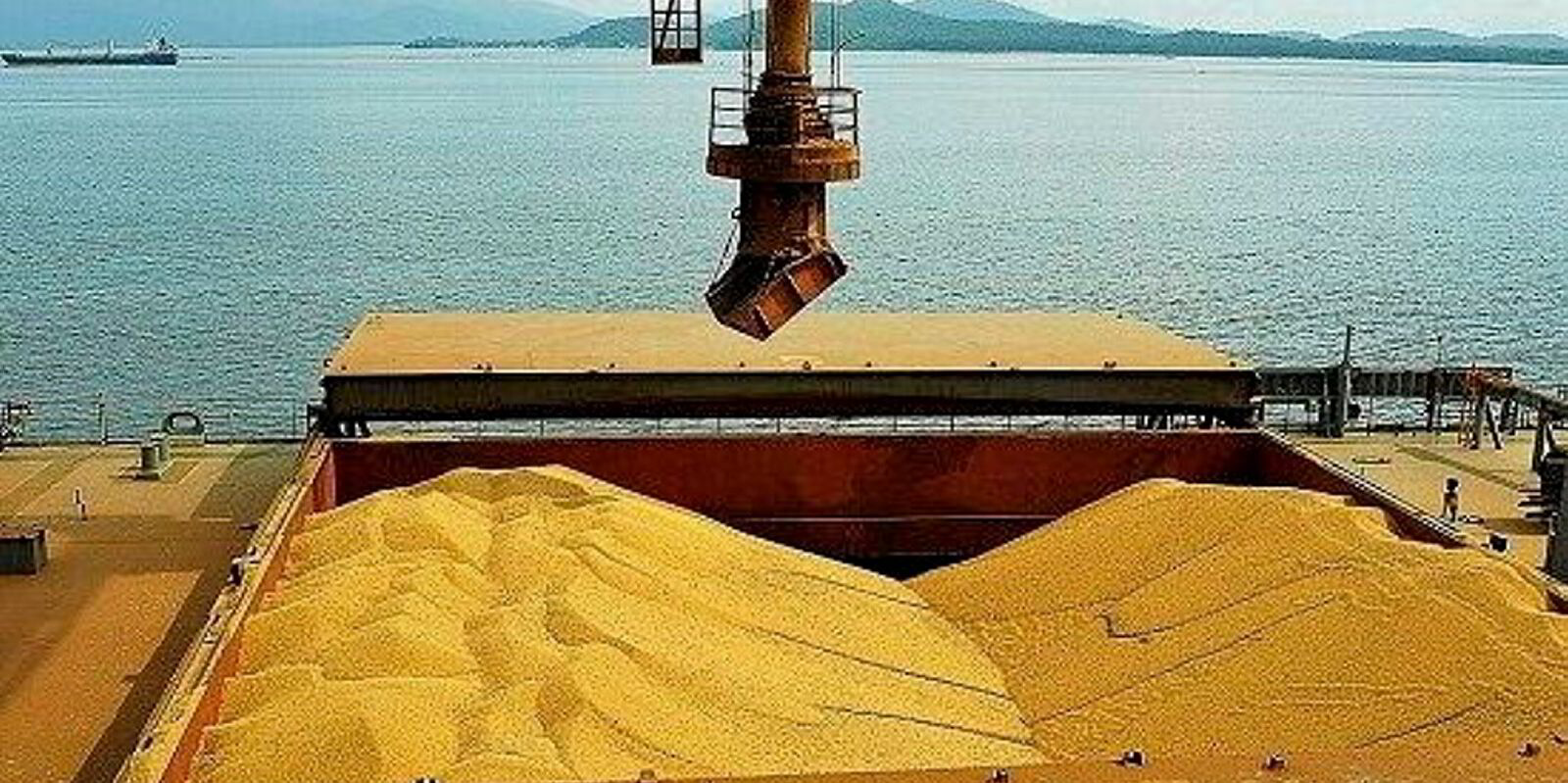Climbing commodities exports out of Brazil could set up its ports for another period of panamax bulker congestion, mirroring last year.
Brazil posted its strongest-ever July for combined exports of soybeans, corn and sugar at 18.6m tonnes, an increase of 1.7m tonnes compared with a year earlier, according to customs data.
In 2023, it was surging corn exports from August, combined with strong soybean and sugar exports, that contributed to unprecedented levels of congestion at the country’s grain terminals.
However, according to Braemar’s weekly dry market report, the same level of congestion has yet to be seen: 68 panamaxes are waiting off Brazil’s terminals compared with 131 on the same day last year.
“While many of the underlying inefficiencies behind last year’s congestion still exist, we have not yet seen those levels return for panamaxes in 2024,” the UK broking house explained.
“However, geared congestion off Brazil has ticked up in recent weeks, and now sits above 2023 levels at 66 vessels.”
The situation last year was also accentuated by low water levels in Amazon tributaries that increased pressure on southern ports, as well as inefficient port and inland logistics.
Piling on the pressure this year is mainly soybean. The US Department of Agriculture increased its export estimates for Brazilian soybean in its latest outlook for the 2023/2024 marketing year by 2m tonnes to 105m tonnes.
If this is realised, 15m tonnes of soybeans will need to be exported in the next two months, which would be a 25% increase on the 12m tonnes exported during the same period last year.
Brazilian seaborne soybean exports were just over 101m tonnes in 2023, according to Clarksons. Volumes are forecast at 105m tonnes in 2024 and 107m tonnes next year.
The P8 panamax route on the Baltic Exchange, covering the route from Santos in Brazil to the Chinese port of Qingdao, was at $41.293 per tonne, down from its 2024 peak of $54.126 per tonne in March.
No corn or sugar rush?
Meanwhile, Brazilian corn exports have got off to a slower start than last year’s record season, totalling 3.6m tonnes in July, down 700,000 tonnes year on year, Braemar said.
Overall Brazilian corn exports are expected to fall in this 2023/2024 crop year, with the US Department of Agriculture citing a “significant” drop in Chinese demand.
This would lessen the pressure on Brazil’s port terminals.
Sugar exports are also just below the monthly records set in December.
More than 70% of Brazilian bulk sugar is shipped on geared vessels, Braemar indicated.
“Vessel tracking shows combined soybean, corn and sugar exports from Brazil’s so-called ‘Northern Arc’ ports, located on the Amazon River tributaries impacted by droughts last season, increased in July, easing some congestion at ports in the south,” the broker said.





